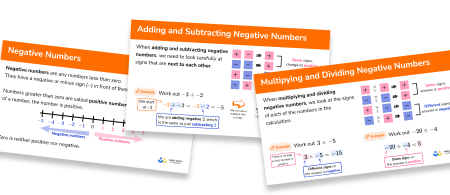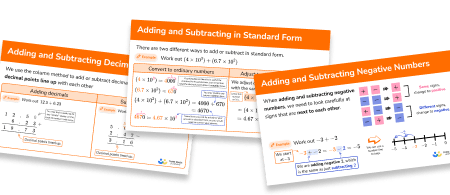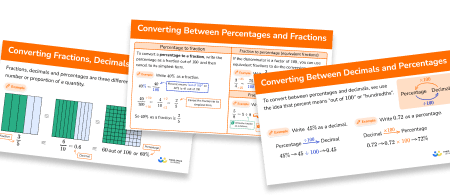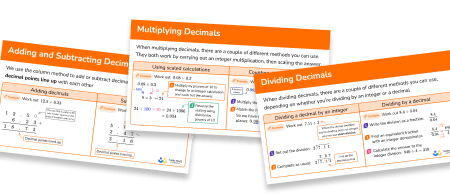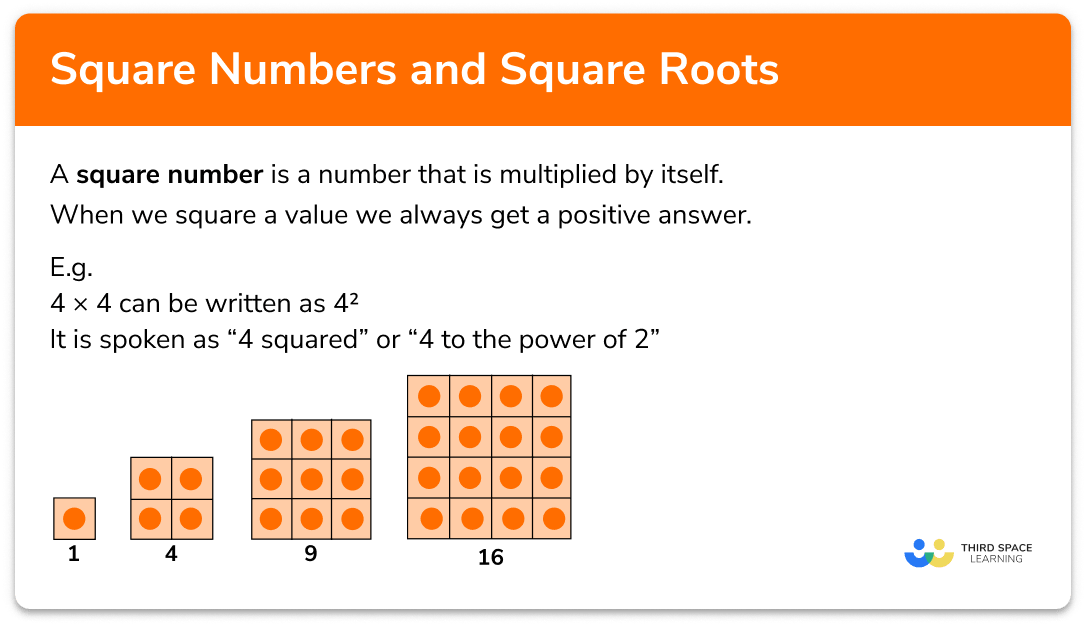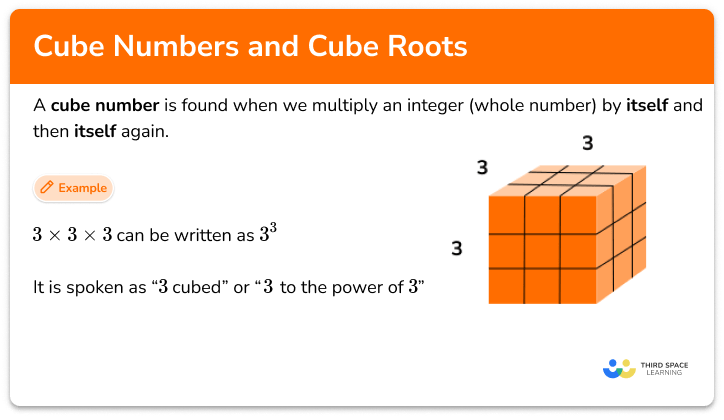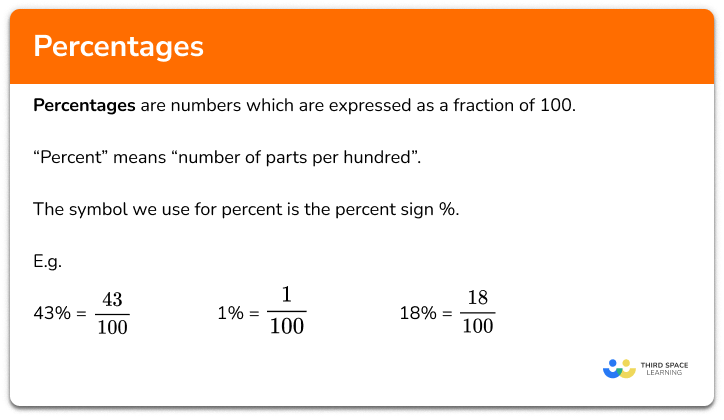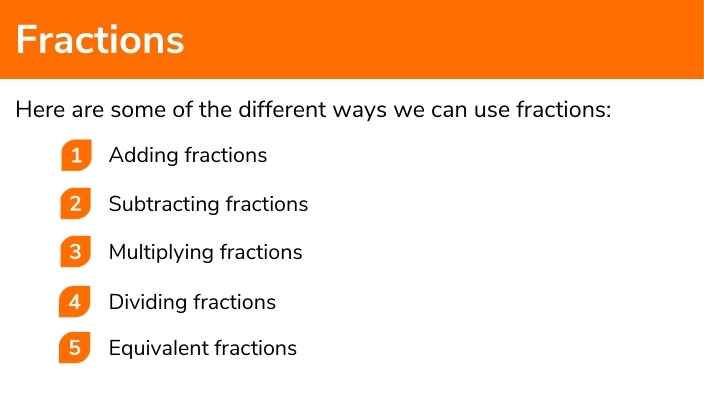FREE DOWNLOAD
Square Numbers Worksheet

Help your students prepare for their Maths GCSE with this free square numbers worksheet of 30+ questions and answers
- Section 1 of the square numbers worksheet contains 20+ skills-based square numbers questions, in 3 groups to support differentiation
- Section 2 contains 3 applied square numbers questions with a mix of word problems and deeper problem solving questions
- Section 3 contains 3 foundation and higher level GCSE exam style square numbers questions
- Answers and a mark scheme for all square numbers questions are provided
- Questions follow variation theory with plenty of opportunities for students to work independently at their own level
- All questions and maths activities created by fully qualified expert secondary maths teachers
- Suitable for GCSE maths revision for AQA, OCR and Edexcel exam boards
Square numbers at a glance
A square number is the result when a number is multiplied by itself. For example, 3 times 3=9 and so 9 is a square number. Square numbers are sometimes called perfect squares. The first 12 square numbers are 1, 4, 9, 16, 25, 36, 49, 64, 81, 100, 121 and 144.
The inverse of squaring a number is square rooting a number. The square root of a number is the number that is squared to get that number, so the square root of 9 is 3.
It helps to be confident with times tables when exploring square numbers and square roots.
When squaring a negative number, the answer is always positive. We must therefore be aware that the square root of a number can also have a negative solution, e.g. -4 times -4=16 and so the square root of 16 is equal to 4 and -4.
Also, the square of an integer is always an integer (a whole number) but the square root of an integer may not always be an integer. If the square root of a number is not an integer, then this number is a surd, e.g. the square root of 3 is not an integer and so the square root of 3 is a surd.
Looking forward, students can then progress to additional powers and roots worksheets and other number worksheets, for example a multiplying and dividing decimals worksheet or an order of operations worksheet.

For more teaching and learning support on Number our GCSE maths lessons provide step by step support for all GCSE maths concepts.
Do you have students who need additional support?

With Third Space Learning's secondary maths tutoring programmes, students in Year 7-11 receive regular one to one maths tutoring to address gaps, build confidence and boost progress.
"My confidence in the tutoring is high. We've had some phenomenal results. I even had one girl get a Grade 8 this year; she came to every tutoring session."
Stacey Atkins, Maths Director, Outwood Grange Academies Trust

